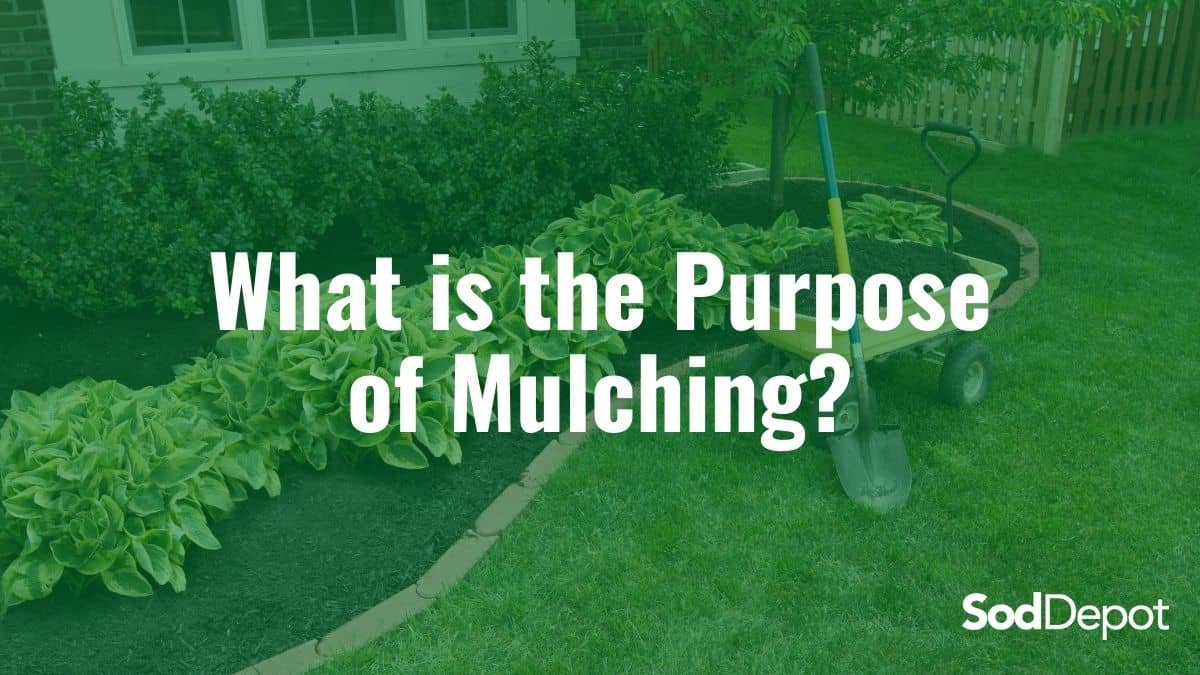The smart Trick of Hilton Head Landscapes That Nobody is Discussing
The smart Trick of Hilton Head Landscapes That Nobody is Discussing
Blog Article
Top Guidelines Of Hilton Head Landscapes
Table of ContentsThe Buzz on Hilton Head LandscapesA Biased View of Hilton Head LandscapesHilton Head Landscapes Fundamentals ExplainedThe Of Hilton Head LandscapesSee This Report about Hilton Head LandscapesThe Single Strategy To Use For Hilton Head LandscapesSome Known Incorrect Statements About Hilton Head Landscapes
Line develops all types and patterns and can be utilized in a range of methods the landscape. Line in the landscape is created by the edge in between 2 products, the synopsis or shape of a type, or a long direct attribute. Lines are a powerful tool for the developer due to the fact that they can be utilized to develop a boundless range of shapes and types, and they control activity of the eye and the body.

Lines can have several characteristics, such as those defined listed below, however they usually serve various functions. Figure 1. Lines in the landscape - Landscapers near me. The residential properties of lines identify how individuals respond to the landscape, both psychologically and literally. Straight lines are structural and strong; they create an official character, are generally related to a symmetrical style, and lead the eye directly to a centerpiece.
Fascination About Hilton Head Landscapes
Straight lines are most typically discovered in hardscape sides and product. Bent lines develop a casual, all-natural, loosened up character that is connected extra with nature and asymmetrical balance. Rounded lines move the eye at a slower speed and add secret to the area by developing surprise sights. Upright lines move the eye up, making a space feel larger.
Upright lines in the landscape consist of high, slim plant product, such as trees, or high frameworks, such as an arbor or a bird residence on a pole. Horizontal lines relocate the eye along the ground plane and can make a room really feel bigger. Reduced lines are a lot more suppressed and produce a feeling of rest or repose.
Hilton Head Landscapes Fundamentals Explained
Low lines are created by low garden wall surfaces, pathways, and brief hedges. Lines are made use of to attract forms on a strategy. In plan sight, they define plant beds and hardscape areas. Lines are also developed by the vertical kinds of developed features and plant material. There are three key line types that develop type in the landscape: bedlines, hardscape lines, and plant lines.
Bedlines connect plant product to your house and hardscape due to the fact that the eye complies with the line, relocating the gaze with the landscape. Hardscape lines are produced by the edge of the hardscape, which defines the constructed structure. Line can also be produced by lengthy and narrow materials, such as a fencing or wall surface.
Everything about Hilton Head Landscapes
Kind is located in both hardscape and plants, and it is generally the leading visual aspect that spatially organizes the landscape and frequently identifies the style of the garden. The form of structures, plant beds, and garden ornaments also identifies the general type style of the garden. Formal, geometric forms include circles, squares, and polygons.
Plants create kind in the yard via their lays out or silhouettes, but form can additionally be specified by a gap or adverse room in between plants - hilton head landscapers (https://www.imdb.com/user/ur184305432/). Circles can be cycles, or they can be separated right into half circles or circle segments and combined with lines to develop arcs and tangents
Not known Details About Hilton Head Landscapes
Circles are a solid design type because the eye is always attracted to the center, which can be made use of to emphasize a focal factor or connect other kinds. Circular types in hardscape and grass panels.
The square type can additionally be segmented and previously owned continuously to develop a grid pattern. Unlike circles, squares are stronger on the sides, which can be aligned or overlapped to create special patterns and even more complex types. Polygons are many-sided kinds with straight edges. Triangles, as an example, are three-sided polygons.
Twisting lines commonly mimic the natural program of rivers or streams and can be referred to as smooth lines with deeply curved undulations. Meandering lines (Number 3) function well for paths, plant bedlines, and completely dry stream beds. Twisting lines can add rate of interest and enigma to a yard by leading viewers around corners to discover new sights and spaces.
The 8-Minute Rule for Hilton Head Landscapes

Number 5. Fragmented sides: tipping stones in path. Form is one of the most long-lasting high quality of a plant (landscapers in bluffton sc). https://slides.com/h1tnhdlndscps. Common plant forms are well developed and standard, as type is the most regular and well-known feature of plants. Kind can likewise be created through the massing of plants, where the total mass develops a different form than a specific plant.
A very different form has to be utilized with careone or two job well as a focal point, yet a lot of produce mayhem. All-natural plant types, instead of over-trimmed types, should develop the bulk of the make-up. The significance of total type is basically depending Read More Here on the checking out perspectivethe form of a tree can show up quite different to an individual standing under the canopy versus watching the tree from a distance in an open area.
Some Ideas on Hilton Head Landscapes You Need To Know
Plant types additionally create and define deep space or open rooms in between the plants, creating either convex or scooped forms in the spaces. High-arching tree branches usually produce a concave open room under the branches, and a rounded cover with low branches fills the area to develop a convex form in the open area under the tree.

Report this page